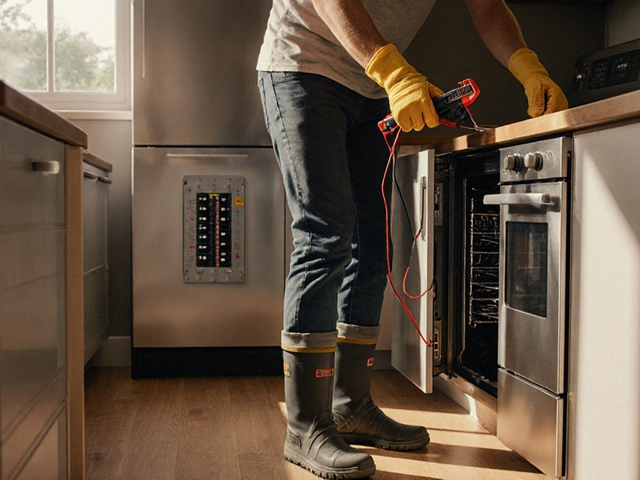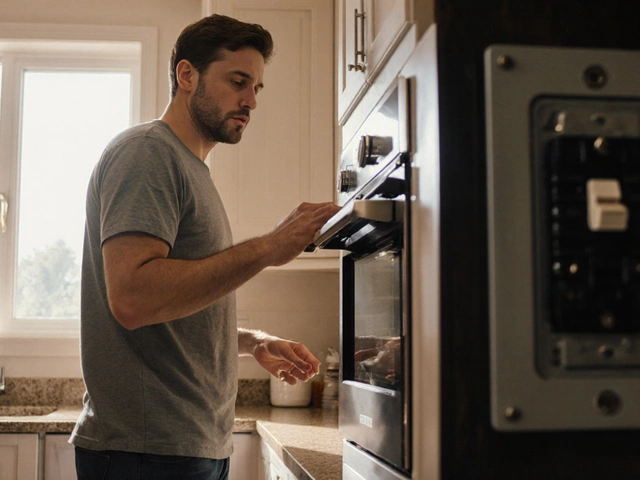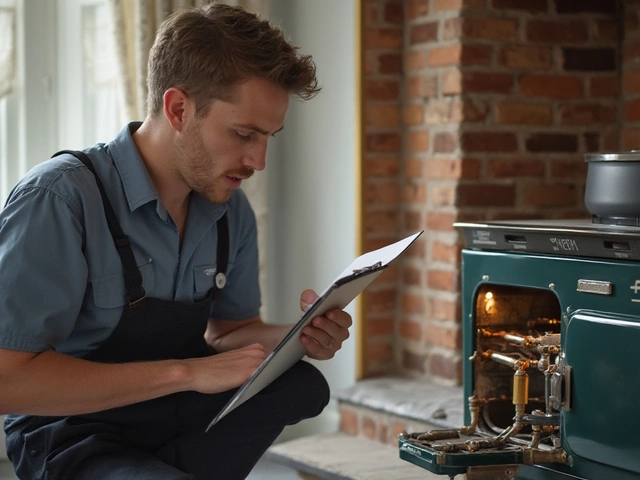Ventilation System Essentials – Keep Your Home Fresh and Efficient
Good air flow isn’t a luxury; it’s a must‑have for any comfortable home. Whether you’re battling kitchen steam or bathroom moisture, the right ventilation system can stop mould, lower energy bills, and make living spaces feel cleaner. In this guide we’ll break down the basics of fan types, routine upkeep, and quick fixes you can do yourself.
What Makes a Good Ventilation System?
At its core, a ventilation system moves stale air out and brings fresh air in. The most common players are extractor fans, which pull humid air from kitchens and bathrooms, and whole‑house fans that exchange air through attic vents or wall grilles. The key factors are:
- Airflow rating (CFM): The higher the cubic feet per minute, the faster the air moves. Choose a fan that matches the room size – a small bathroom only needs 50‑80 CFM, while a busy kitchen may need 100‑150 CFM.
- Noise level: Look for fans rated under 2.0 sones for quiet operation.
- Energy efficiency: LED‑lit fans and models with auto‑on sensors cut electricity use.
If you’re unsure which rating fits your space, a quick rule of thumb is to multiply the room’s square footage by 1.0 for bathrooms and 1.5 for kitchens. That gives you the minimum CFM you should aim for.
Simple Maintenance to Keep Fans Running Smoothly
Many homeowners skip fan care until a weird noise or reduced airflow forces a call to a pro. Regular maintenance can extend a fan’s life and keep the air fresh.
1. Clean the grille. Every 3‑4 months, unscrew the front cover and wipe away grease, dust, or hair using a damp cloth. A dirty grille reduces airflow dramatically.
2. Check the motor. If the fan hums but doesn’t spin, the motor may be clogged with dust. Turn off the power, remove the fan housing, and blow out debris with a soft brush or canned air.
3. Inspect the ductwork. Loose or crushed ducts cause back‑pressure. Look for dents or disconnected sections and seal them with foil tape.
4. Test the switch and sensor. Auto‑on humidity sensors can fail. Use a multimeter or simply replace the switch if it feels loose.
Doing these steps takes under 30 minutes and can save you a call-out fee of £80‑£120.
When a fan still won’t work after cleaning, it’s time to consider replacement. Modern fans are cheaper than ever; a quality kitchen extractor can be bought for £50‑£120, and installation usually takes an hour.
Lastly, think about whole‑house ventilation if you notice lingering odors or constant condensation. Installing a balanced ventilation system with heat recovery (HRV) can exchange up to 90% of heat while providing fresh air, ideal for older homes that are tightly sealed.
By matching the right fan to your room, cleaning it regularly, and watching for early warning signs, you’ll keep indoor air healthy without breaking the bank. Need a quick fix or a professional check? Our local Rugby technicians are just a call away, ready to get your ventilation system humming again.






